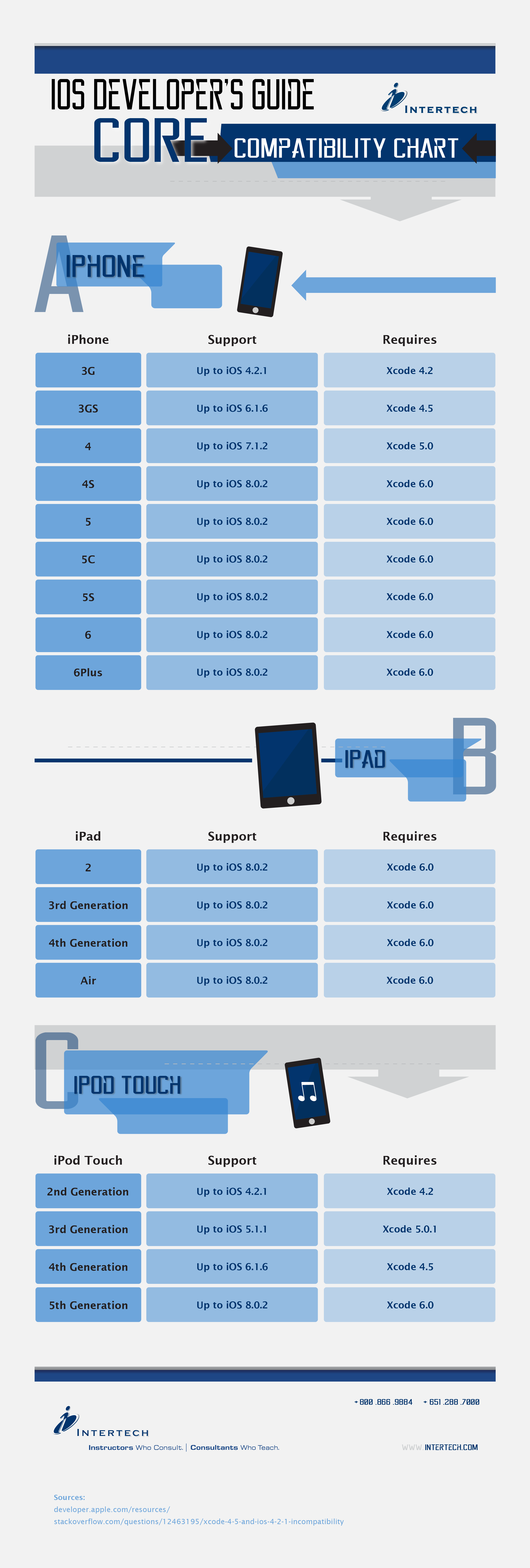Virtual Team Virtues (Post 3 of 5)
 If you’ve been following this series on virtual teams, you know I’ve been sharing highlights from the Harvard Business Review article (12/14) article “Getting Virtual Teams Right” by consultant and business author Keith Ferrazzi. Today I’m sharing his thoughts and mine on the topic of virtual team leadership.
If you’ve been following this series on virtual teams, you know I’ve been sharing highlights from the Harvard Business Review article (12/14) article “Getting Virtual Teams Right” by consultant and business author Keith Ferrazzi. Today I’m sharing his thoughts and mine on the topic of virtual team leadership.
Fostering trust is the first task of any leader, but this is especially crucial for virtual team leaders. Trust and empathy is key according to Ferrazzi and he suggests strategies like encouraging team members to share appropriate background information to help foster it.
He also recommends encouraging open dialogue, which is something we champion with our virtual work teams. Intertech team members use different tools for communication such as #Slack, Yammer, instant messaging, and email to communicate throughout the day and with other stakeholders who may not be a part of the daily standup.
Clarifying goals and guidelines also help to establish a common purpose or vision. Ferrazzi counsels explaining to everyone “why you are coming together and what benefits will result, and then keep reiterating the message.”
With software development teams using Agile, it’s a little different because we are not driven by a formal project plan. As a team we collectively agree what will be delivered in the next sprint/iteration (usually these are every 2-4 weeks) so it is known by all what must be done and by when. We also encourage clients to add items or features. When we plan the next sprint/iteration the client can choose what should be the focus or priority for the next one.
This Agile approach allows the team to stay nimble and focus on delivering the highest value items, while delaying lower value items until later. This is quite different from a traditional Waterfall methodology where everything is defined and planned upfront, which is a much more rigid process that makes introducing change more challenging and frustrating for everyone. We use Agile because virtual teams – by their very nature — should be flexible and adaptable!
My next post will explore the “right touchpoints” for effective virtual teams.



